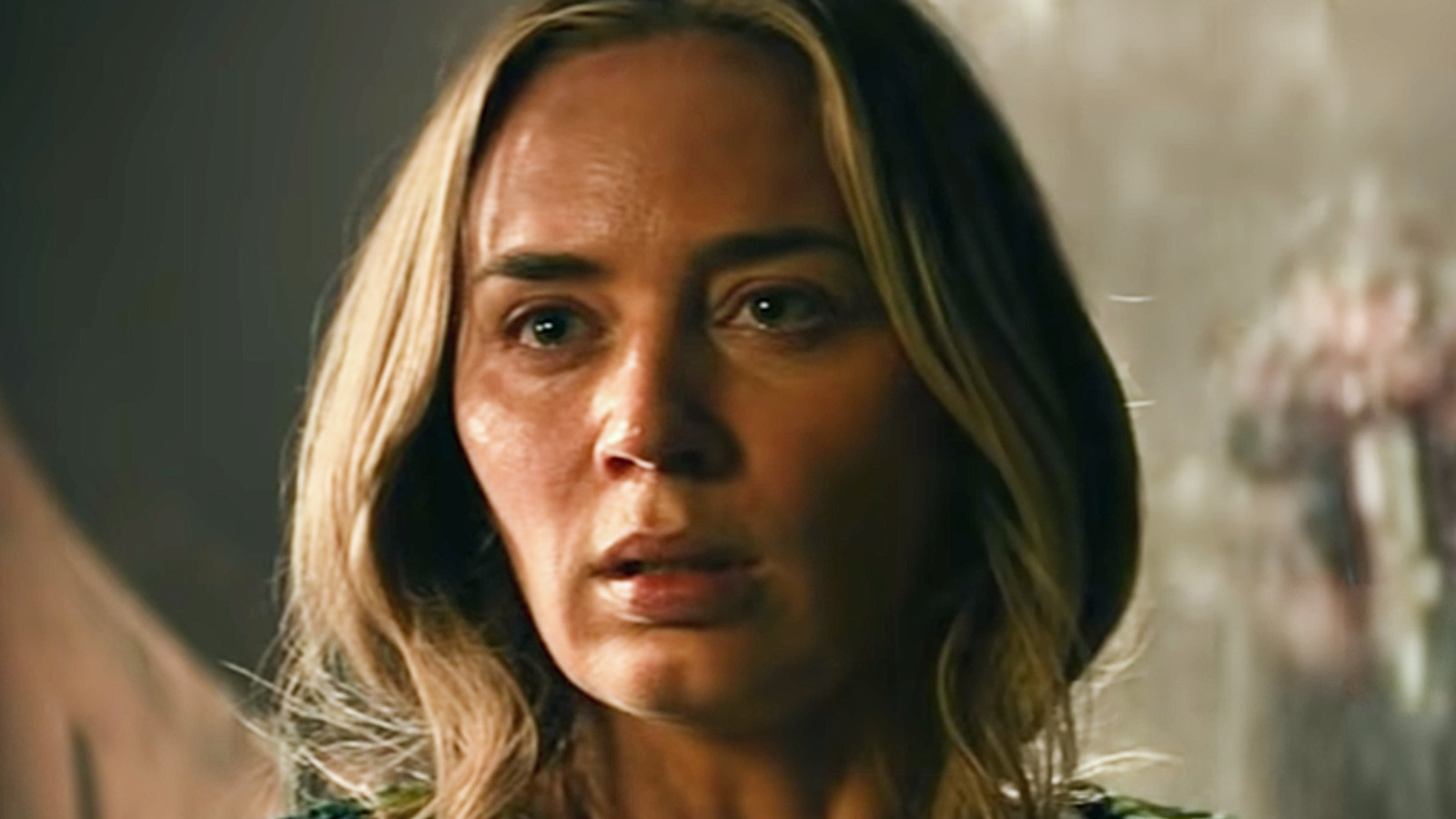
As always, 2021 offered up an assortment of horror movie hits. Services like Shudder allowed indie horror movies to find a home, while theatrical releases increased as society began to recover from the effects of a global pandemic.
Basically, horror fans had a smorgasbord of subgenres to choose from, and this list aims to shine a light on all of those choices. Below, you will find the fifteen best horror movies of last year. The list includes everything from big budget blockbusters to smaller, slow-burn indie releases. This means that there should be a few options for everyone to enjoy.
15. Malignant
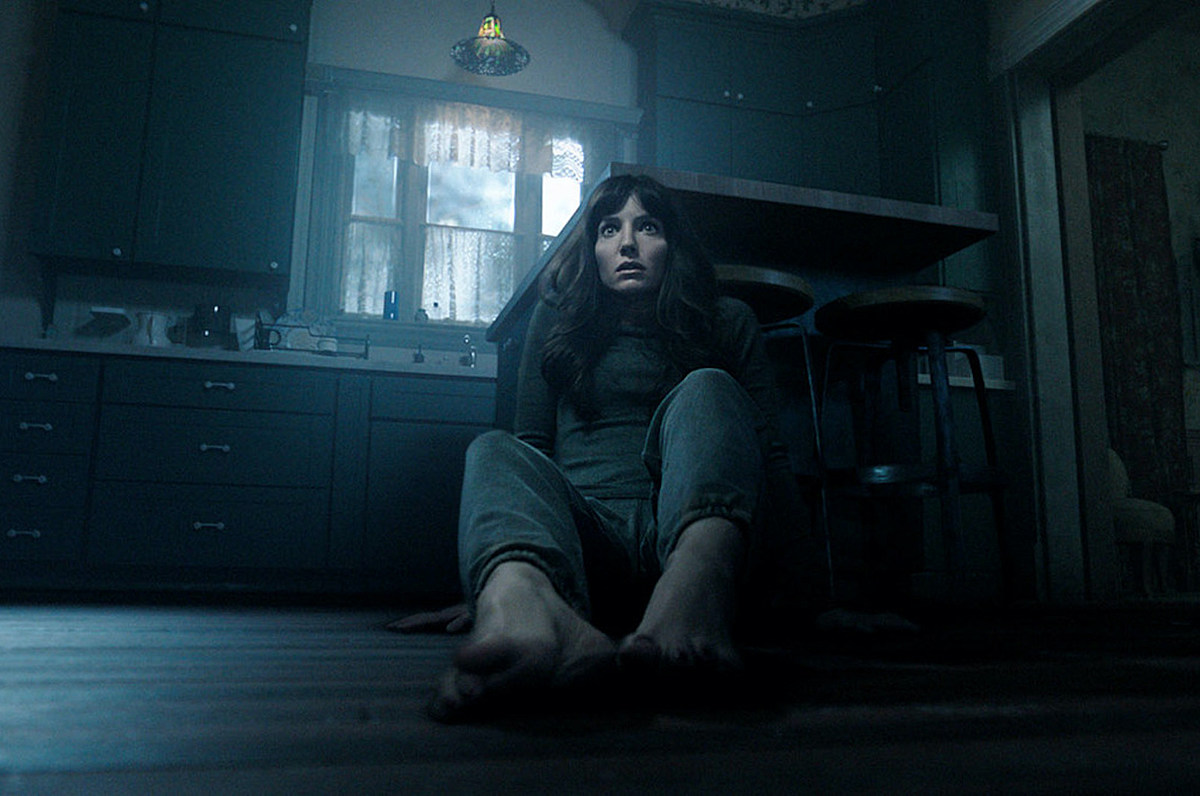
James Wan has become a contemporary horror icon thanks to movies like The Conjuring and Saw. His films have been characterized by gorgeous setpieces, elaborate jumpscares, and multilayered characters. At this point in his career, it has become clear that he has a distinct style; his films cater to mainstream audiences while simultaneously keeping devout horror movie lovers happy. He knows how to keep casual moviegoers on the edge of their seats, but he also avoids dumbing things down.
That latter statement is especially true when it comes to his latest film. Malignant, especially in its opening hours, feels like a run-of-the-mill horror movie, complete with jump scares and an accessible central mystery. However, as the plot unwinds, audiences quickly discover just how creative Malignant is.
To some, Malignant’s climax might be too unusual for its own good. It’s hard to talk about it without completely spoiling it, so it’s probably best just to call it bizarre and leave it at that. Viewers who can get on board with Malignant’s more abstract aspects will find something that’s always entertaining, and at times, incredibly smart. Just make sure you’re open to anything when you dive into the movie.
14. The Boy Behind the Door
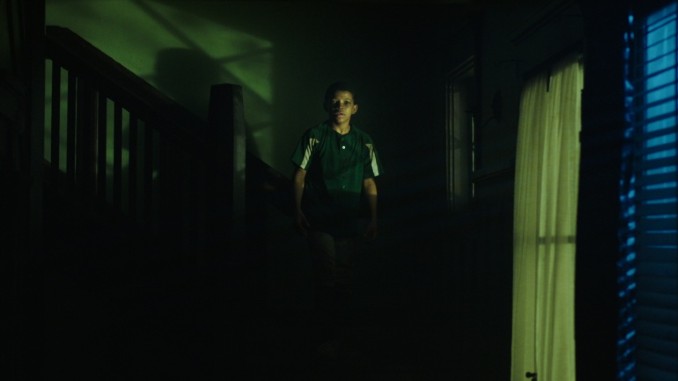
Not every critically lauded horror film needs to be complicated. Although it’s easy to think of arthouse horror when you think of critical darlings within the genre, there are well-reviewed horror flicks that tell simple stories. The Boy Behind the Door is a no-frills cat-and-mouse film that tackles challenging material without being a particularly challenging movie.
It revolves around two young boys who get kidnapped by a sadistic sex trafficker who’s only credited as “The Kidnapper.” Throughout the brief 88-minute runtime, the boys do everything in their power to escape from the villain’s home. This makes up the entire movie; it’s just about two kids fighting for their lives. The simplicity is surprising, but that’s not a bad thing.
On the contrary, The Boy Behind the Door never tries to waste anyone’s time. It tells its story in a simplistic, albeit highly effective manner. The thrills come fast and the suspense never ceases. There’s not an ounce of fat to be found, and this results in a film that consistently achieves its goals.
13. Bloody Hell
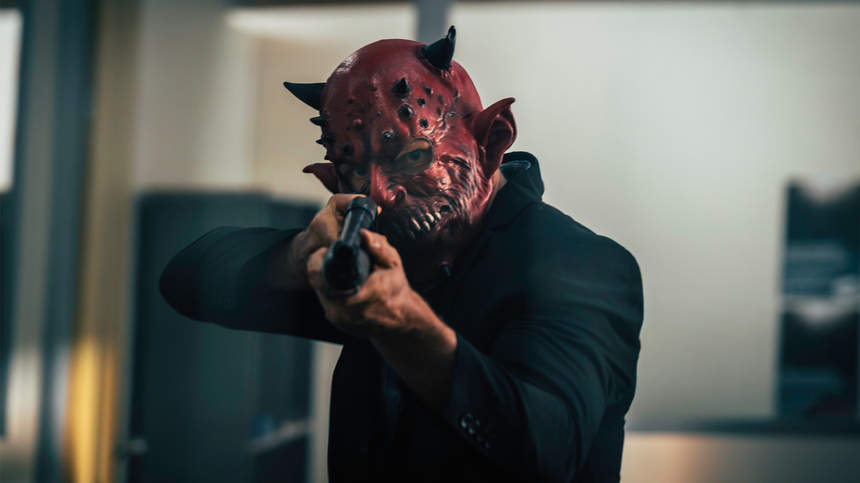
During the opening of Bloody Hell, audiences are quickly reminded that serving eight years in prison is no picnic. This is especially true when there’s so much moral ambiguity attached to your sentence. See, Rex wanted to be a hero when he went after a group of armed robbers, but his heroic actions led to an unfortunate casualty. This ultimately made him so infamous that he had to escape the spotlight following his stint in prison.
This enormous life change led the protagonist to a grimy basement filled with cannibals. That’s where the action really begins. Bloody Hell could have been an on-the-nose exploration of trauma. It could have been a brain-dead slice of torture porn. It could have lifted all of its ideas from The Texas Chainsaw Massacre. That wouldn’t have been half as interesting as what we got.
Bloody Hell never goes where you expect it to. It takes pieces from other genres and throws them together, resulting in a movie that’s tense one minute and laugh-out-loud funny the next. This blend of various genres, along with some passionate performances from the mostly unknown ensemble, really contributes to the quality of this idiosyncratic gem. It’s not high art, but it doesn’t need to be.
12. The Night
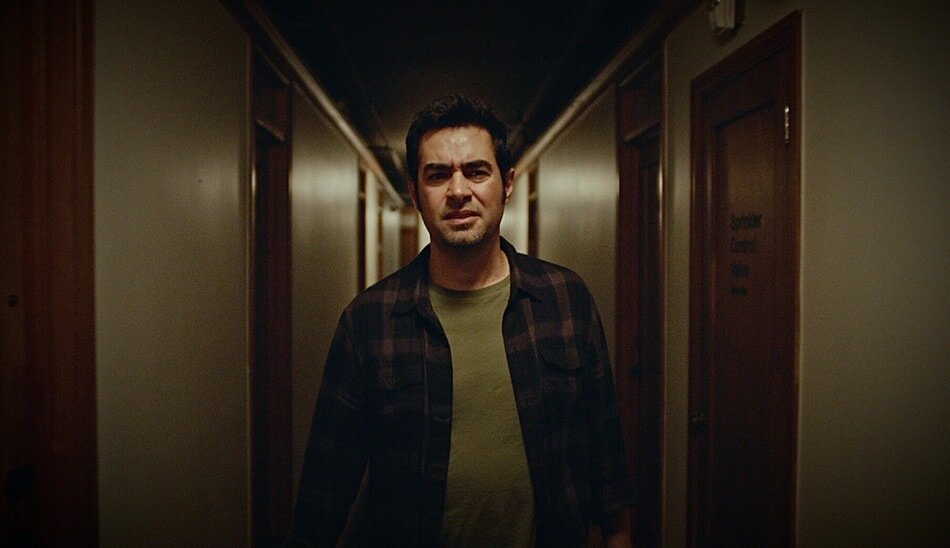
When Babak and Neda first check into Hotel Normandie, they have no idea what to expect. Most people don’t check into hotels anticipating mysterious ghostlike figures. It was supposed to be a pitstop following unexpected navigation troubles, but pitstops don’t usually lead to relationship-altering trauma.
That’s the basic premise of The Night; it is, like The Shining and 1408, a supernatural horror movie that takes place in a hotel. Similar to those movies, it focuses on the characters’ inner workings while the horror happens in the background.
The Night, which is Kourosh Ahari’s directorial debut, takes the style of Blumhouse horror movies and adds some additional layers in order to add up to something substantial. It struggles to avoid horror movie clichés entirely, but Ahari has his own distinct style that mostly works. The stylistic choices work in conjunction with the heady themes, leading to a movie with considerable value.
11. Candyman
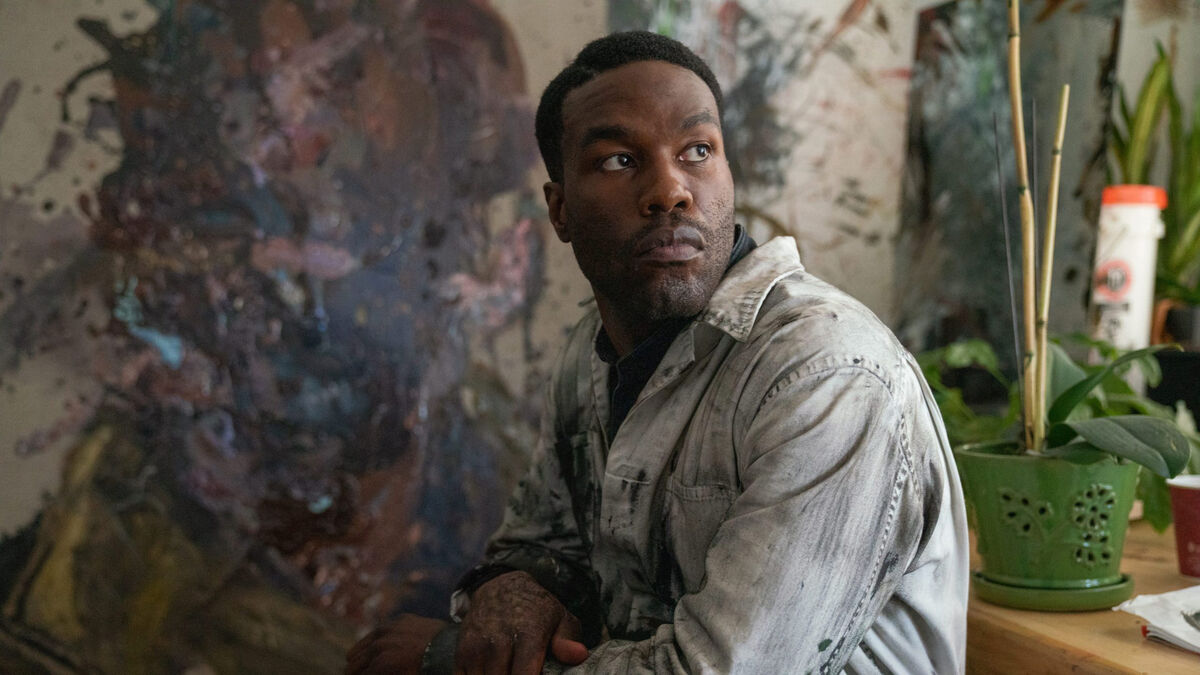
Nearly thirty years ago, the world was introduced to a new type of slasher villain. He wasn’t the faceless monster people had grown accustomed to; he was a supernatural force of nature. On top of that, he was a character with a detailed backstory that helped make his motives clear. He was something unique, and people gravitated toward that. The popularity of Candyman as a character led to a couple hohum sequels until the series was laid to rest for two decades.
Now there’s a new kid on the block, and although it lacks some of the coherence of the 1992 original, it makes up for that with an endearing level of craftsmanship. Nia DeCosta’s contemporary sequel is slick, stylish, and substantial. It’s not particularly frightening, but it takes the pre-established lore and (mostly) makes it work in 2022.
Nobody is calling Candyman a flawless movie; it leaves several big questions unanswered and it occasionally lacks the creativity of the original film. That being said, it manages to make a name for itself despite these shortcomings. Simply put, Candyman is consistently engaging thanks to a combination of standout moments. DeCosta could easily improve upon this, so let’s keep our fingers crossed for a sequel.
10. Coming Home in the Dark
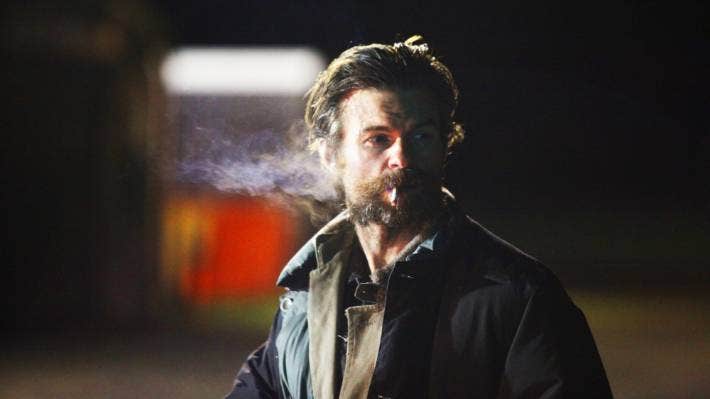
Horror films are constantly evolving. Every year, writers and directors dish out motion pictures that completely reinvent the genre. Coming Home in the Dark is not one of those movies. It tells a story that has been told time and time again, and for once, that’s completely okay.
James Ashcroft’s feature length debut revolves around a family that gets confronted by a pair of violent drifters named Mandrake and Tubs. These two unusual passersby put the family through physical and psychological torture as an act of revenge. While it’s clear the protagonist is atoning for something, the audience is meant to put the pieces together as the film progresses. This adds a layer of mystery to the film, but don’t mistake this for a slow-burn psychological thriller; this is a horror film first and foremost.
Coming Home in the Dark succeeds largely because of the execution of its horror elements. Once the story starts moving, it doesn’t slow down. Ashcroft knows how to build suspense; he knows how to keep viewers on the edge of their seats. This skill comes in handy because, in spite of its lack of originality, Coming Home in the Dark is thrilling from beginning to end.
9. Fear Street: 1978
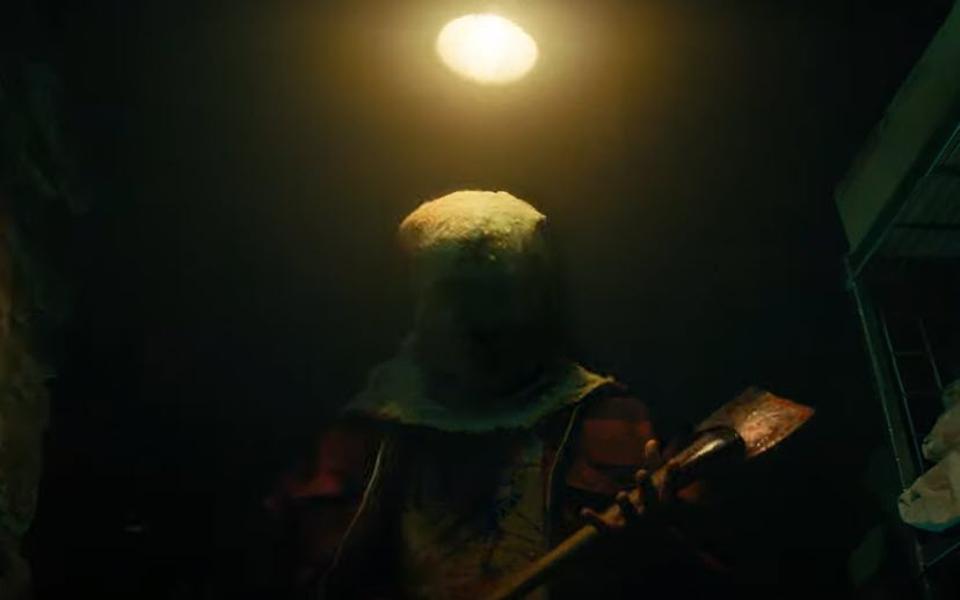
As a whole, the Fear Street trilogy is an invigorating series of slasher flicks. There’s so much cohesion that it almost feels like it should be counted as one movie, but for the sake of simplicity, we decided to narrow it down to the best of the bunch. While all three films are deserving of praise, the middle entry stands slightly above the others.
Fear Street: 1978 takes the foundation that was formed during Fear Street: 1994 and adds even more lore to the mix. This ain’t your father’s slasher; it’s filled with minute details that add complexity to the story. Slashers have never been particularly deep, and although nobody will mistake Fear Street for something like Suspiria, it does attempt something more provocative.
Even without the more inventive plot points, Fear Street: 1978 remains an entertaining slasher flick. The kills are brutal and the scares are present throughout. RL Stine may be associated with children’s novels, but this certainly isn’t for children. The R rating allows for more creativity, resulting in a horror movie that’s smart, fun, and nerve-wracking.